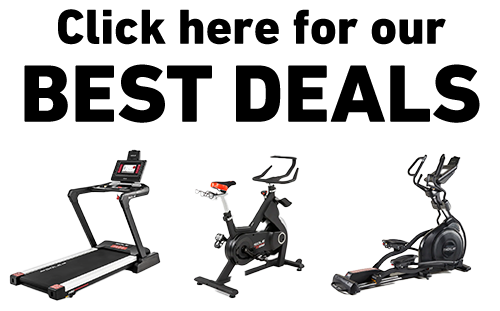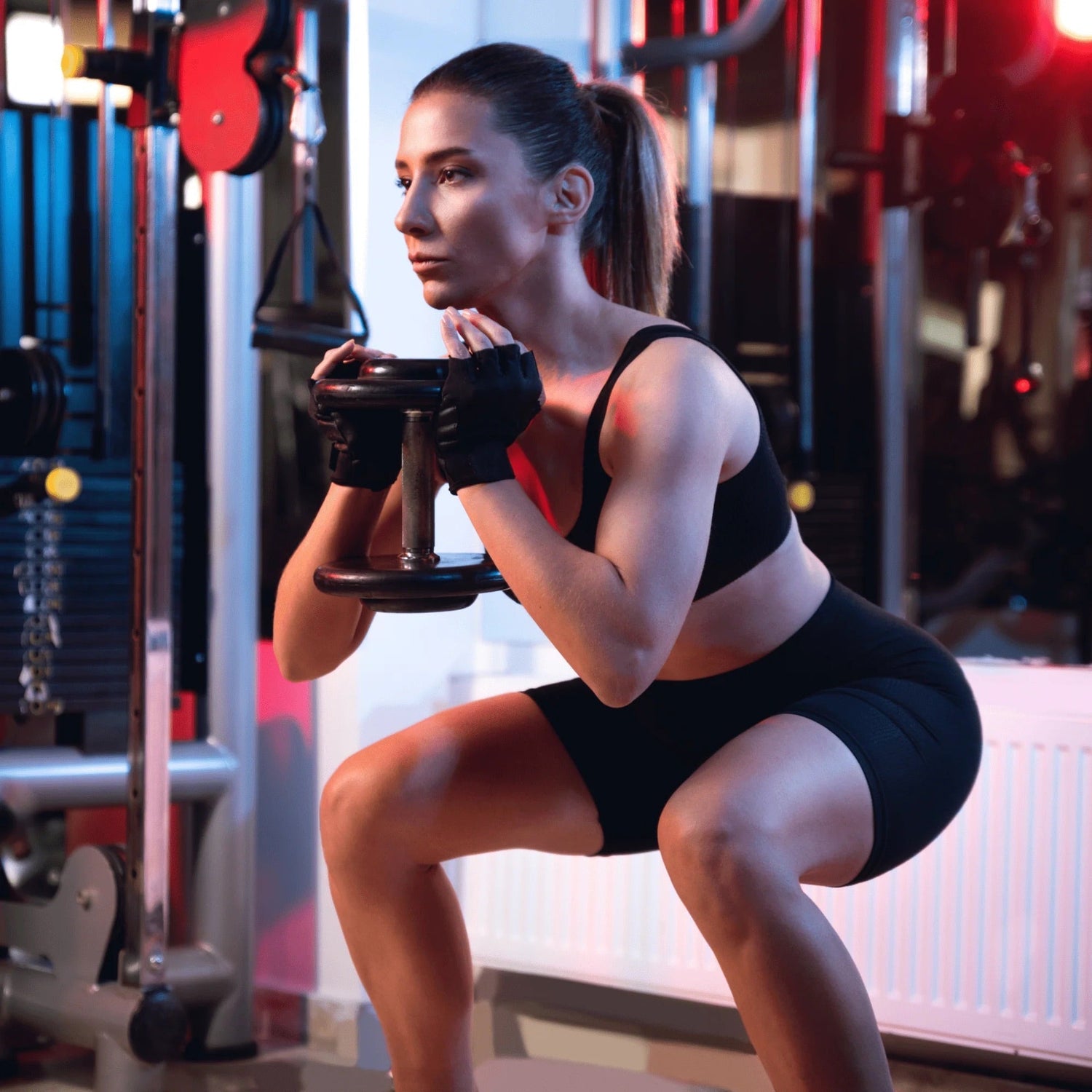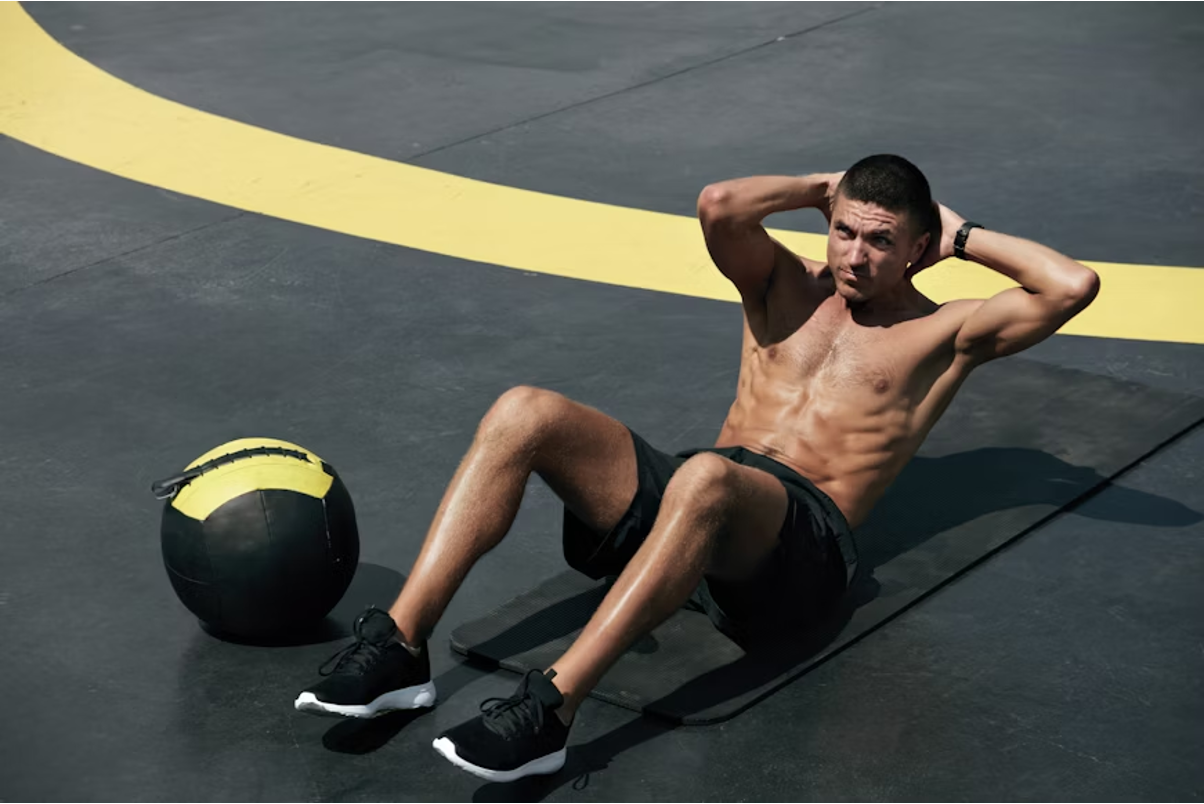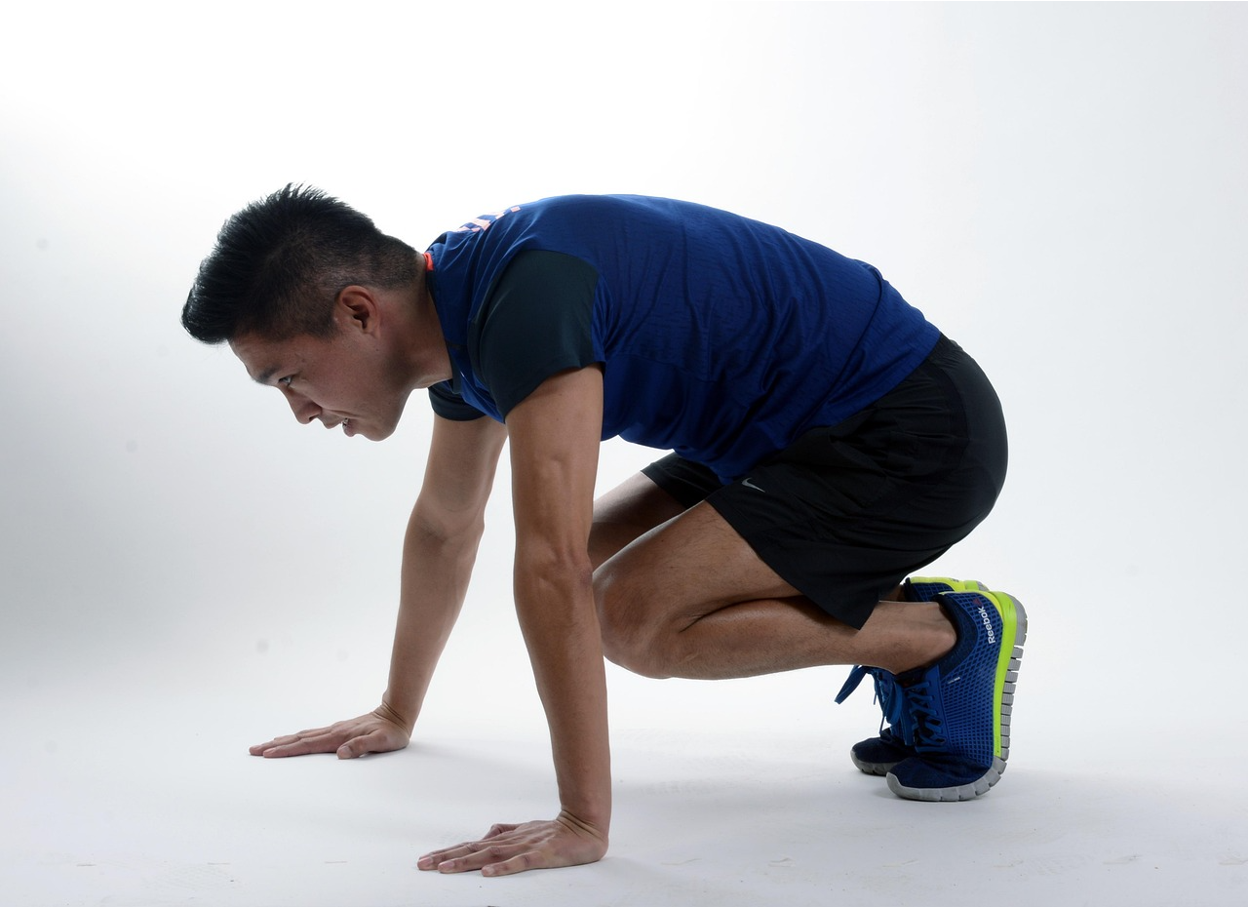Key Takeaways
- Goblet squats are beginner-friendly bilateral exercises that excel at teaching proper squat mechanics while strengthening the core and lower body simultaneously.
- Bulgarian split squats provide superior unilateral leg development and address muscle imbalances between legs with higher intensity and balance demands.
- For beginners and those focusing on form development, goblet squats make an ideal starting point before progressing to the more challenging Bulgarian split squat.
- The goblet squat primarily targets quadriceps, glutes, and core muscles, while the Bulgarian split squat emphasizes these same muscles with greater focus on single-leg stability.
- SOLE adjustable dumbbells and weight bench provide the perfect tools for progressive loading and proper positioning in both movements.
Which Squat Is Better For Your Goals?
Choosing between the goblet squat and Bulgarian split squat often comes down to your specific training goals and fitness level. These two powerhouse lower body exercises might appear similar at first glance, but they offer distinctly different benefits and challenges.
The goblet squat, performed while holding a weight against your chest, serves as an excellent foundation for mastering squat mechanics. The Bulgarian split squat, with one foot elevated behind you, introduces unilateral training that exposes and corrects muscle imbalances.
The goblet squat shines for beginners and those focusing on developing proper squat form while maintaining core stability. The front-loaded position naturally encourages an upright torso and a deeper range of motion.
Bulgarian split squats excel at developing single-leg strength and addressing muscle imbalances between your dominant and non-dominant sides. They're ideal for improving athletic performance, especially for sports requiring explosive single-leg power like basketball, soccer, or tennis.
|
Build Your Foundation with Premium-Grade Strength Equipment!
 Complete Your Home Gym:
Why Choose SOLE Strength: ✓ Heavy-duty steel construction with rust protection 30-Day Money-Back Guarantee: Love it or return it, no questions asked. |
Goblet Squat Essentials
Proper Goblet Squat Technique

Perfect goblet squat form requires maintaining an upright "proud chest" position while descending between your legs rather than straight down, ensuring optimal depth and muscle activation.
Mastering the goblet squat begins with proper setup. Start by holding a kettlebell or dumbbell close to your chest at heart level, with your elbows pointing downward.
Position your feet slightly wider than shoulder-width apart with toes turned slightly outward—this stance provides optimal stability and allows for proper depth. Brace your core by taking a deep breath and engaging your abdominal muscles before initiating the movement.
As you descend, push your hips back while keeping your chest up, creating what's often called a "proud chest" position. Think about sitting between your legs rather than straight down, which helps maintain the natural curve in your lower back.
Your elbows should track inside your knees as you reach depth, gently pushing them outward to maintain proper knee alignment.
The ideal depth has your thighs reaching parallel to the ground or slightly below, depending on your mobility. Drive through your heels to return to standing, squeezing your glutes at the top of the movement.
Primary Muscles Targeted
The goblet squat primarily engages your quadriceps, which are responsible for knee extension during the upward phase of the movement. Your glutes (particularly the gluteus maximus) work in conjunction with your hamstrings to drive hip extension as you stand up.
The front-loaded position creates significant demand on your core musculature, especially your rectus abdominis, transverse abdominis, and erector spinae.
What makes the goblet squat particularly effective is the way it activates your adductors (inner thigh muscles) and abductors (outer thigh muscles) as stabilizers. These muscles work isometrically to maintain proper knee tracking and hip stability during the squat.
Benefits For Core Stability And Posture

The anterior load of goblet squats requires constant core engagement to prevent torso collapse, strengthening the entire pillar complex from shoulders through hips.
One of the standout advantages of the goblet squat is its remarkable impact on core strength and posture. Unlike back-loaded squats that can encourage forward lean, the anterior (front) load of the goblet squat requires constant core engagement to prevent your torso from collapsing forward.
This strengthens the entire pillar complex, from your shoulders through your core to your hips, teaching proper bracing techniques that transfer to everyday activities and other exercises.
Loading Limitations
The primary limitation of the goblet squat is the amount of weight you can hold in the goblet position. As you progress in strength, you'll eventually reach a point where your upper body's ability to hold the weight becomes the limiting factor, not your legs' capacity to perform the squat. This typically occurs when using weights above 70–100 pounds, depending on your upper body strength.
Bulgarian Split Squat Breakdown

The Bulgarian split squat's elevated rear foot position increases demand on the front leg while challenging balance and stability through unilateral loading patterns.
Correct Form And Setup
Proper setup is the handman for the Bulgarian split squat. Begin by standing about two feet in front of a bench or platform that's roughly knee height. Place the top of your rear foot on the bench with your shoelaces facing down.
Your front foot should be positioned far enough forward that when you descend, your knee can track directly over your mid-foot without extending beyond your toes.
When executing the movement, maintain an upright torso and descend by bending your front knee and hip simultaneously. Your rear knee should lower toward the floor, stopping just before it touches. In the bottom position, your front thigh should be approximately parallel to the ground, and your front shin should be relatively vertical to minimize stress on the knee joint.
Muscles Activated

Bulgarian split squats create impressive lower body recruitment patterns while the elevated position increases demand on hip flexors and stabilizers for balance control.
The Bulgarian split squat creates an impressive recruitment pattern across the lower body, with the quadriceps, glutes, and hamstrings of the front leg bearing the primary load.
The elevated position of the rear foot increases the demand on the front leg's hip flexors and activates the hip stabilizers to maintain balance throughout the movement.
Additionally, your core muscles work overtime to prevent rotation and maintain proper alignment, while the adductors of both legs contribute significantly to stability and control.
Single-Leg Strength Development
The unilateral nature of Bulgarian split squats makes them exceptionally effective for developing balanced lower body strength.
By working each leg independently, you prevent your dominant side from compensating for weaknesses in your non-dominant side—a common issue with bilateral exercises like traditional squats.
This targeted approach builds impressive single-leg strength and addresses muscle imbalances that can lead to performance plateaus or potential injuries.
Balance And Stability Requirements
Bulgarian split squats demand significantly more balance and proprioception than bilateral exercises.
Your body must constantly make micro-adjustments to maintain proper alignment throughout the movement, activating numerous stabilizing muscles that might otherwise remain dormant.
This enhanced stability requirement makes the exercise particularly valuable for athletes in sports requiring single-leg power and balance.
Perfect Your Squat Training with SOLE's Professional Equipment

The SW180 dumbbells provide exact weight progression for goblet squats, while the SW116 bench creates the perfect platform for Bulgarian split squats.
SOLE's strength equipment transforms these exercises from basic movements into professional training tools. The SW155 and SW180 Adjustable Dumbbells are absolutely perfect for goblet squats - their balanced design and quick-adjust system let you find the exact weight for perfect form development, then progress seamlessly as your strength increases from 5 to 80 pounds.
The SW116 Weight Bench is essential for Bulgarian split squats, providing the ideal platform height and rock-solid stability needed for this challenging unilateral movement. With its 550-lb capacity and non-slip surface, you can focus entirely on muscle activation rather than worrying about equipment stability during those demanding single-leg sets.
What makes SOLE equipment special for these exercises is the precision it enables. The SW180's balanced weight distribution prevents the wobbling that cheap dumbbells create during goblet squats, while the bench's multiple height positions let you find your optimal setup for Bulgarian split squats.
The SOLE Equipment Mat provides the perfect non-slip surface for proper foot positioning during both exercises.
The SOLE+ App includes detailed form tutorials and progressive programs that show exactly how to advance from basic bodyweight versions to challenging weighted variations, ensuring you build strength safely and effectively.
Frequently Asked Questions (FAQs)
Should beginners start with goblet squats or Bulgarian split squats?
Beginners should absolutely start with goblet squats before progressing to Bulgarian split squats. Goblet squats teach fundamental squat mechanics in a stable, bilateral stance that's much more forgiving for those still developing balance and coordination. The front-loaded weight naturally guides proper form, making it nearly impossible to lean too far forward—a common beginner mistake.
How do I know when to progress from bodyweight to weighted versions?
Progress to weighted versions when you can perform 15–20 perfect repetitions of the bodyweight version without fatigue compromising your form. For goblet squats, this means maintaining that proud chest position and full depth throughout all reps. For Bulgarian split squats, you should demonstrate perfect balance and control on both legs before adding resistance.
Which exercise is better for athletic performance?
This depends on your sport, but Bulgarian split squats generally have superior carryover to athletic performance due to their unilateral nature and balance demands. Most sports involve single-leg actions like running, jumping, cutting, and kicking, which makes the Bulgarian split squat more specific to these movement patterns. The exercise also builds the hip stability and proprioception crucial for injury prevention during dynamic activities.
However, goblet squats shouldn't be ignored for athletic development. They build the foundational bilateral strength that supports single-leg performance and teach the hip hinge pattern essential for powerful movements. The ideal approach combines both: use goblet squats for building strength and power, and Bulgarian split squats for developing sport-specific stability and addressing imbalances.
How often can I train these exercises each week?
You can train these exercises 2–3 times per week, but vary the intensity and volume to allow proper recovery. Since they target the same muscle groups differently, you might do heavy goblet squats one day and higher-rep Bulgarian split squats the next, allowing 48 hours between sessions targeting the same movement pattern.
Can I build serious leg muscle with just these two exercises?
Absolutely! These two exercises target every major muscle group in your lower body through different movement patterns. Goblet squats develop bilateral strength and power, while Bulgarian split squats address unilateral strength and stability. Many athletes and fitness enthusiasts have built impressive leg development using primarily these movements with progressive overload.
The key is consistent progression using quality equipment like SOLE's adjustable dumbbells. Start with bodyweight versions, then gradually add resistance over months and years. You can also manipulate other variables like tempo (slower eccentrics), range of motion (deficit Bulgarian split squats using the SW116 bench), and volume to continue challenging your muscles as you advance.







Leave a comment
This site is protected by hCaptcha and the hCaptcha Privacy Policy and Terms of Service apply.